hone onna, kuchisake onna, legendary female yokai, nure onna, yokai, yuki onna, yukionna
Japan’s Female Mythological Creatures & Demons

Anna Ayvazyan
Posted on October 06, 2022
Share:
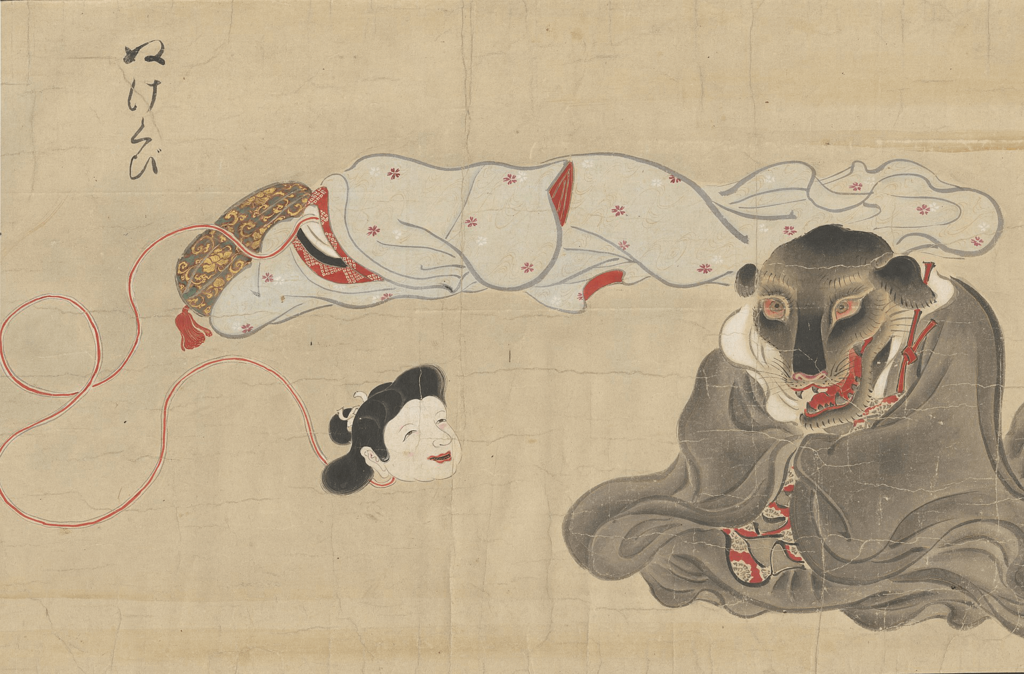
Female mythological creatures of Japan are a staple of Japanese mythology and folklore. Many are beautiful, yet cunning and even deadly. Their stories have influenced many aspects of traditional Japanese storytelling and inspired many facets of art. Therefore, in the spirit of the Halloween season, let’s take a closer look at Japan’s well-known female mythological creatures!
There are hundreds of demons and ghosts in Japanese mythology, or yokai (mythical spirits), yurei (shades of the deceased), and obake (transformed beings). These creatures have been around for centuries but only became popular during the Edo period. During this time, the art scene flourished and brought forth many depictions of these mythical creatures.
One of the most famous art scrolls is the Hyakkai Zukan (The Illustrated Volume of a Hundred Demons) by Edo artist Sawaki Suushi. It features 100 different types of demons and ghosts. This art scroll greatly influenced the world of Japanese demons and spirits as we know it today. It also inspired anime such as Yokai Watch and manga like GeGeGe no Kitarō.
Female mythological creatures of Japan often seek revenge for infidelity, family shame, or murdered children, thereby challenging social norms of submission and politeness.
1. Nure-Onna
Nure-onna, or “Wet woman” in English, is a type of yokai that resembles a snake-like reptile with a woman’s head. Their name is based on the imagery that their hair is always wet. They are said to live in places such as rivers, oceans, and lakes. Mainly, they are found in Kyushu, Niigata, and Fukushima regions.
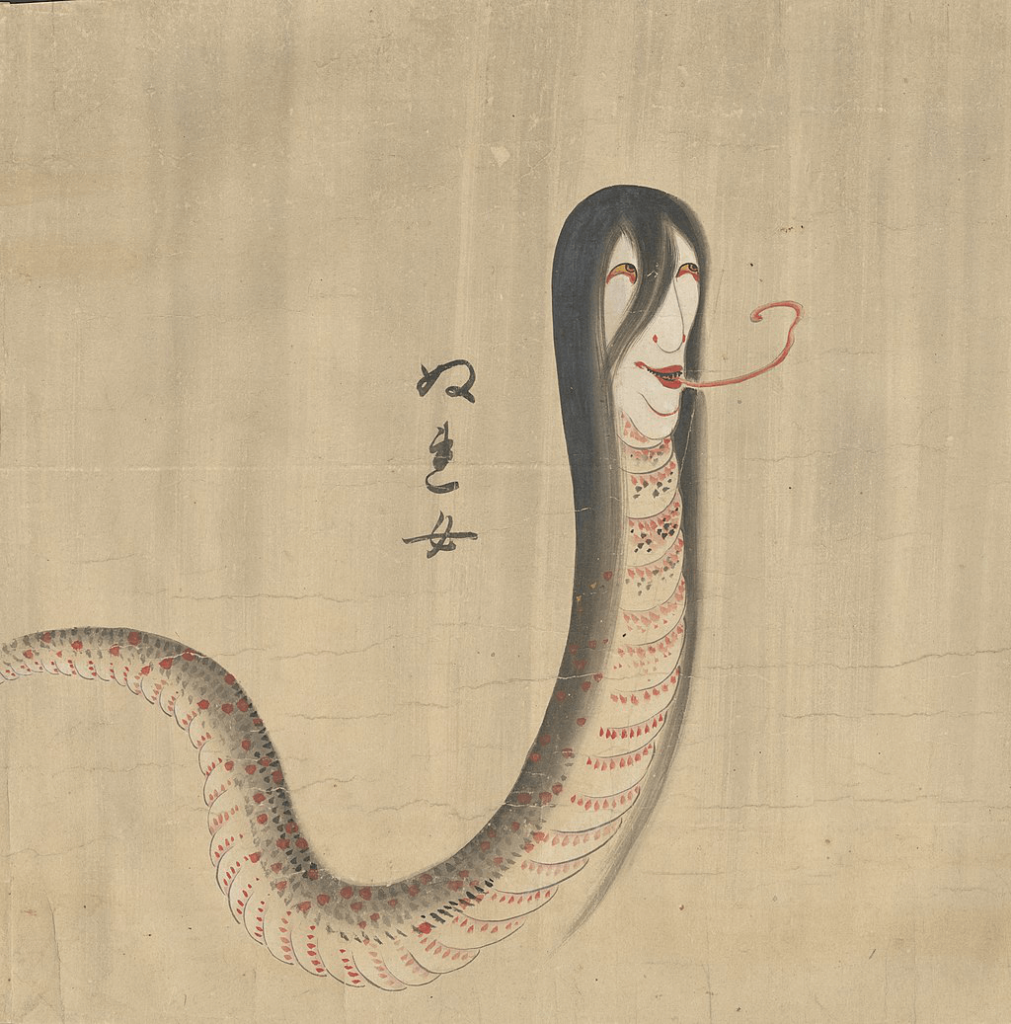
Nure-onna often disguises themselves as distressed women carrying bundled-up babies. They cry out for help to people passing by, often fishermen, in hopes of luring them in and asking them if they can hold their baby, so they can rest. Those who Nure-onna tricks, unfortunately, meet their demise.
Can’t get enough of traditional Japanese culture? Check out Sakuraco! Sakuraco delivers traditional Japanese snacks, teas, and sweets from local Japanese makers directly to your door so that you can try out the best taste from different regions of Japan at your convenience!

2. Okiku
Okiku is a yurei belonging to one of the Nihon San Dai Kaidan—Japan’s Big Three Ghost Stories. She was a dishwashing servant girl who lived and worked in Himeji Castle. Okiku was very beautiful and caught the eye of a samurai called Aoyama. Aoyama tried hard to seduce Okiku, but she ignored all his advances.
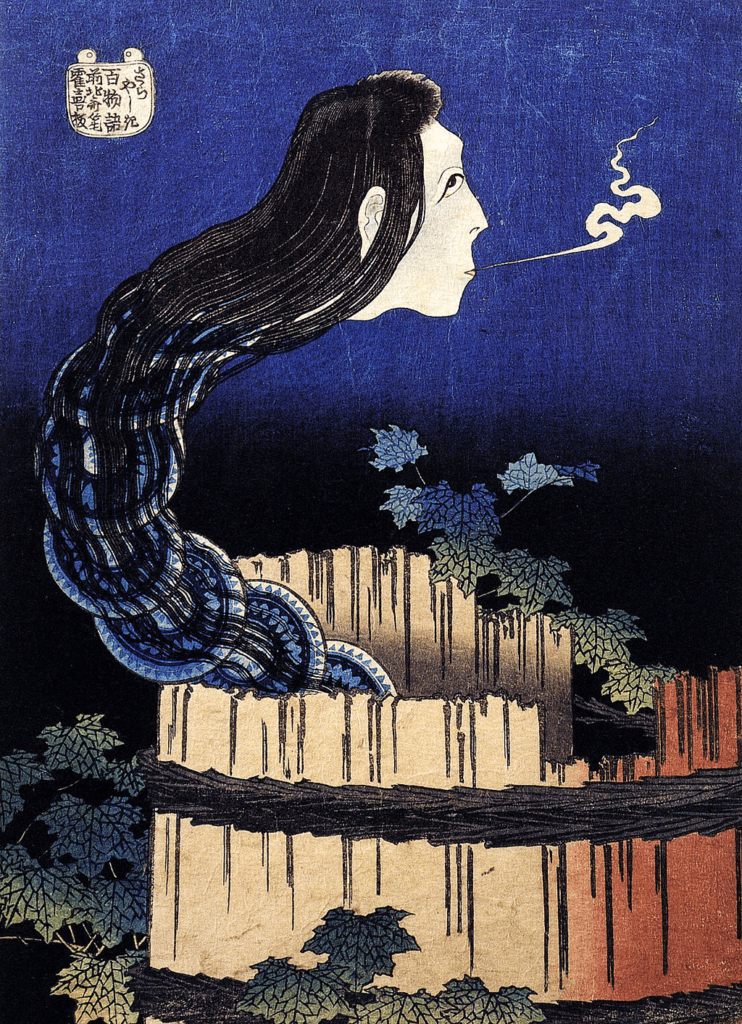
Due to Okiku ignoring all of Aoyama’s advances, he decides to kill her and put her in a well. Soon after, wails could be heard from the well, and her ghost would travel throughout Himeji Castle at night.
The legacy of Okiku lives on in modern Japanese works. The most famous example is in the internationally acclaimed horror film The Ring. It features the antagonist Sadako, a vengeful ghost with qualities similar to Okiku.
3. Kuchisake-Onna
Kuchisake-onna is a vengeful female mythological creature of Japan whose name refers to her mutilated face – her mouth slit from ear to ear. It is unknown who did this, but most legends attribute it to her husband or a medical procedure.
She will generally approach potential victims with her mouth covered, asking if they think she is beautiful. Depending on the individuals’ answers, she might spare them or kill them. According to legend, one way to survive an encounter with Kuchisake-onna is to say she’s “average” looking simply. Another option is to appease her with money and hard candies.
4. Jorogumo
Jorogumo is a type of Japanese yokai that is also an obake. They are a type of spider that can shapeshift into a beautiful woman when they want to eat humans. When jorogumo are in their female form, their shadow still takes the shape of a spider.
They typically live in forests, empty caves, or houses. Their favorite prey is young, handsome men who are lonely and looking for love. They usually seek them out in human form. Once the jorogumo spots someone suitable, they invite the man to their house and slowly kill them. The jorogumo appears in many Edo-period writings, such as the Taihei-Hyakumonogatari and Tonoigusa.
5. Yuki-Onna
Yuki-onna, or “Snow Women,” is a pale young woman that inhabits snowy regions, particularly in northern Japan. They are beautiful, with smooth, snow-white skin and long black hair.
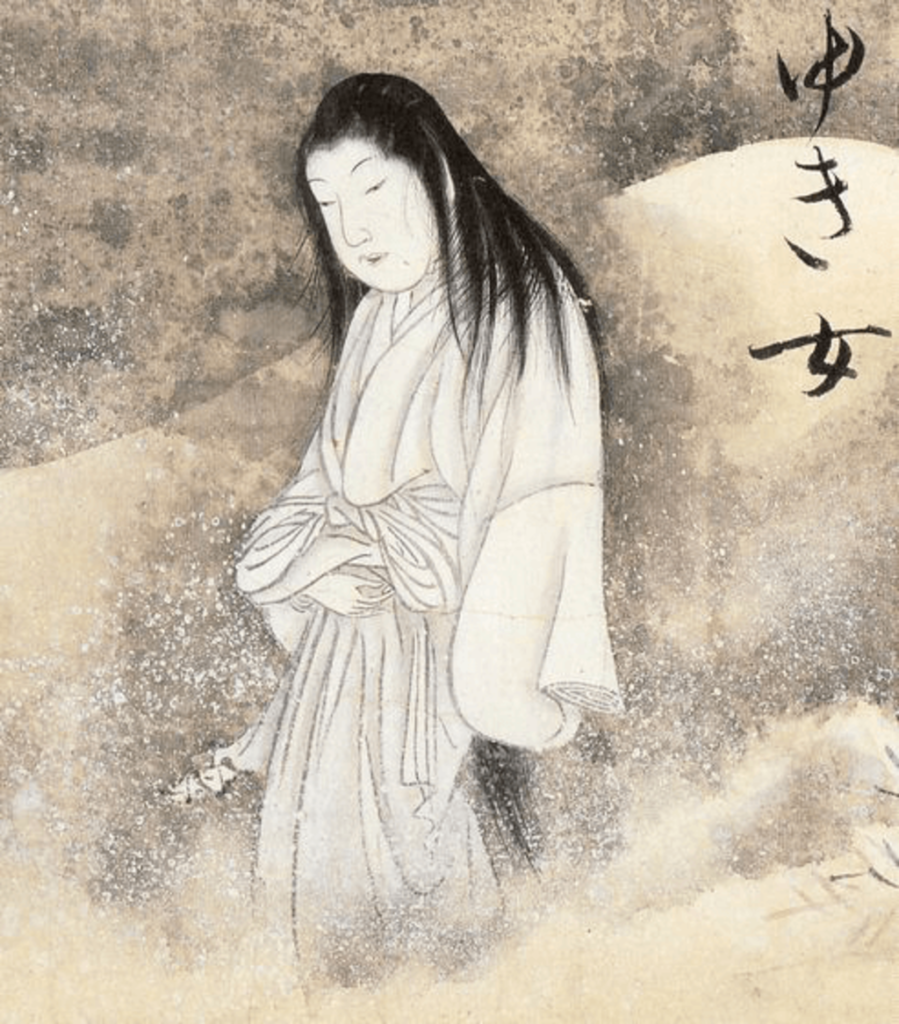
According to legend, even a mere touch from the yuki-onna is enough to chill you to your core. When they walk, they leave no snow tracks; some legends even say they float. They appear before lost travelers during snowstorms. Instead of killing their prey, they pursue a relationship with them. The only condition is that the traveler never reveals their true identity to anyone.
6. Hone-Onna
Hone-onna or “Bone woman” are female yokai seeking their former lover. They depict themselves as young, attractive women who wear a yukata or kimono. One hone-onna is depicted in the Botan Dōrō (The Peony Lantern). In the story, after her death, the hone-onna named Otsuya famously holds a red peony lantern while pursuing her former lover.
They do not seek their former lover out due to revenge or hate but rather to continue their relationship. As the saying goes, “love is blind.” Typically, many people do not see their skeleton figure at first. But once they come to their senses, many are shocked to see their lover is now a skeleton.
Fortunately, hone-onna generally has no ill intent. Therefore, most people don’t fear them. Instead, they allow them to remain by their side until they finally pass on.
What other legendary female mythological creatures of Japan have you heard of before? Which ones are your favorites? Let us know in the comments below.

Discover authentic flavors with Sakuraco
Get Sakuraco 

Discover authentic flavors with Sakuraco
Get Sakuraco 
Related Articles

Japan in June: Five Amazing Outdoor Events!
Japan in June marks the start of the amazing summer festival season! Today, we’ll cover some of June’s more well-known celebrations and competitions nationwide!
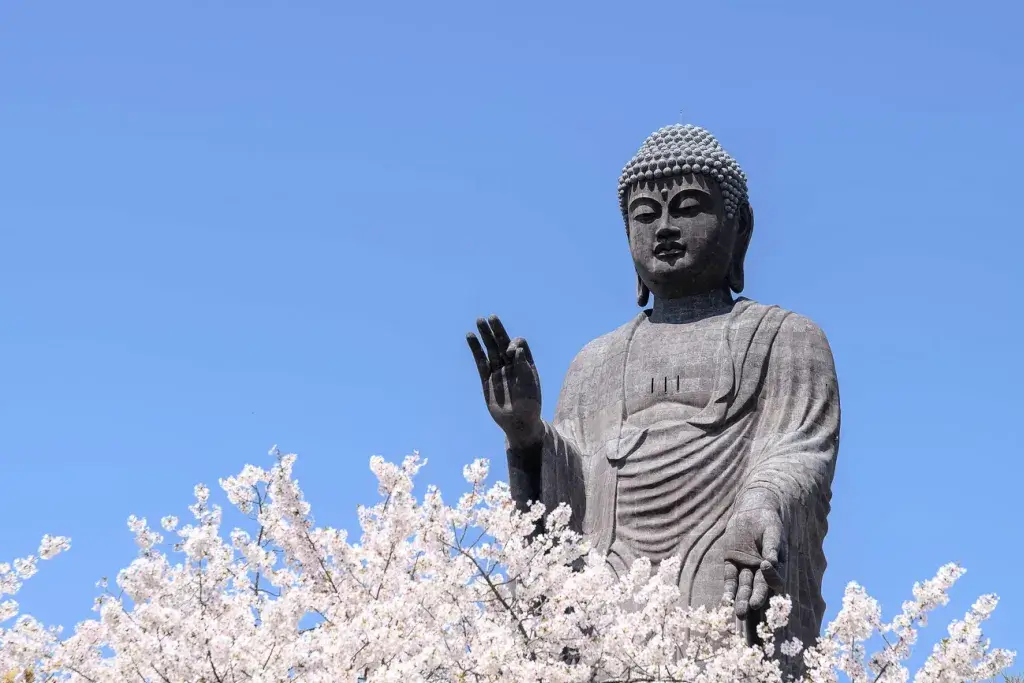
Ushiku Daibutsu and Other Great Buddhas of Japan!
The top of the standing Ushiku Daibutsu Buddha is over 100 meters off the ground. Some are centuries old, and others were erected in the 1800s. Let’s look at some amazing Buddha statues across Japan.
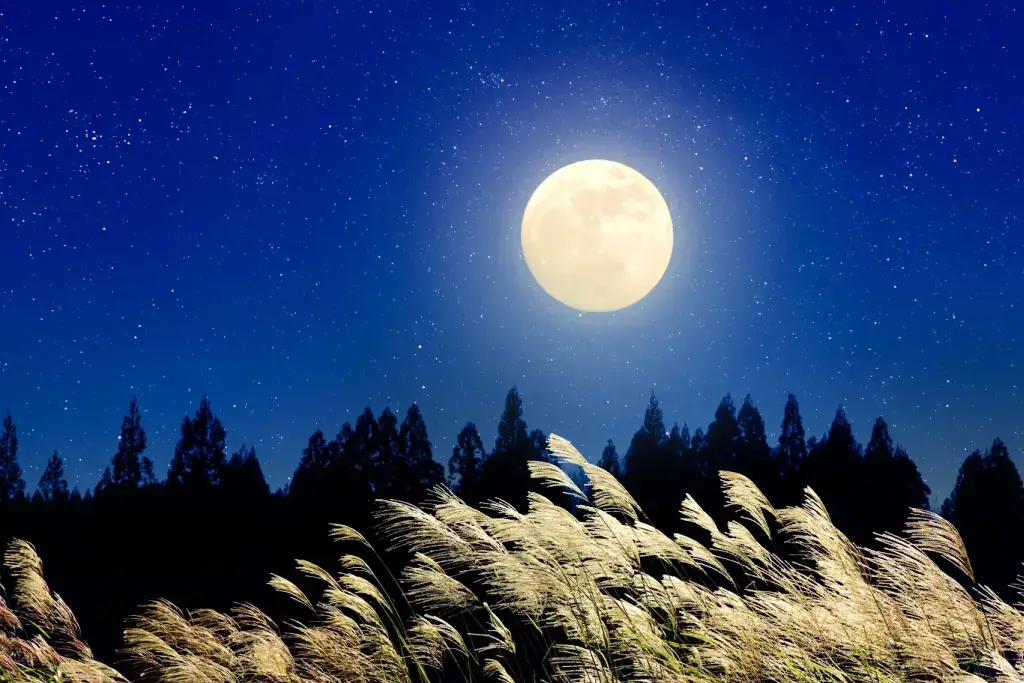
Tsukimi: The Ultimate Guide to the Mid-Autumn Moon Festival!
The tsukimi season casts an enchanting aura over Japan each autumn when the full moon reaches its brilliance. Here’s everything you need to know about it!

Shimane Prefecture: Five Great Places to Visit!
Shimane Prefecture is famous for its natural beauty, rich cultural heritage, and unique artistic landmarks. Join us to discover five must-visit destinations here together!


